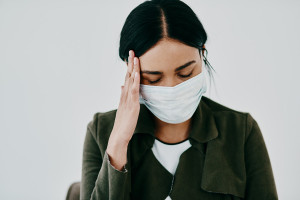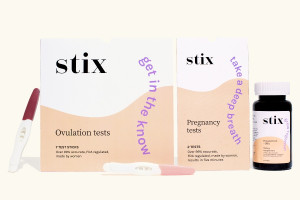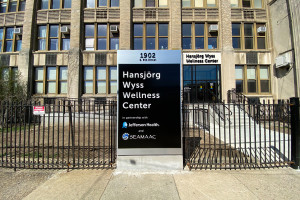Obamacare Survives Supreme Court Ruling
In a 6-3 decision on Tuesday, the United States Supreme Court upheld a ruling that allows the federal government to provide subsidies for health insurance in states — like Pennsylvania — without their own health insurance exchanges.
The case saves essential subsidies for 6 million people in 34 states who rely on them to get care. Approximately 500,000 are in Pennsylvania, New Jersey and Delaware. (States with their own exchanges would have continued operating normally.)
In his majority opinion, Chief Justice John Roberts said: “Congress passed the Affordable Care Act to improve health insurance markets, not to destroy them. If at all possible, we must interpret the Act in a way that is consistent with the former, and avoids the latter.”
He also wrote that the “credits are necessary for the federal exchanges to function like their state exchange counterparts, and to avoid the type of calamitous result that Congress plainly meant to avoid.”
The ruling saw liberal and conservative justices come together. Conservatives Roberts and Justice Anthony Kennedy were joined by the court’s four liberals (Stephen G. Breyer, Ruth Bader Ginsburg, Elena Kagan and Sonia Sotomayor) in upholding the ruling. The dissenters were Justices Samuel A. Alito Jr., Antonin Scalia, and Clarence Thomas.
Yahoo Politics has more on the implications:
More than 6 million people would have lost those subsidies if the court had ruled against the government, which experts said would lead to skyrocketing premiums and even a potential “death spiral” that could have dealt a mortal blow to Obamacare. The White House insisted in the days leading up to the decision that Obama felt he had nothing to fear because the government’s case was strong. But they are no doubt breathing a sigh of relief.
The Washington Post offers some history on the case:
A panel of the U.S. Court of Appeals for the 4th Circuit had ruled unanimously that, while it was a close call, the Internal Revenue Service was within its authority to interpret the law to mean all Americans should receive the subsidies, because the statute authorized the federal health care exchange to step in for states that did not establish their own.
In a separate case involving the same issue, a panel of the U.S. Court of Appeals for the D.C. Circuit had ruled 2 to 1 for the challengers. But the full D.C. Circuit put that ruling aside to let all the court’s judges weigh in, and the argument had been scheduled.
But the challengers said the Supreme Court should decide the issue, because if they were correct, billions of dollars from the federal treasury were being illegally spent.
In his dissenting opinion, Scalia said we should start calling the law SCOTUScare (burn!). He also said interpreting the language “established by the state” to mean “established by the state or federal government” is “quite absurd.”
This case requires us to decide whether someone who buys insurance on an Exchange established by the Secretary gets tax credits. You would think the answer would be obvious—so obvious there would hardly be a need for the Supreme Court to hear a case about it. In order to receive any money under §36B, an individual must enroll in an insurance plan through an “Exchange established by the State.” The Secretary of Health and Human Services is not a State. So an Exchange established by the Secretary is not an Exchange established by the State—which means people who buy health insurance through such an Exchange get no money under §36B.
Words no longer have meaning if an Exchange that is not established by a State is “established by the State.” It is hard to come up with a clearer way to limit tax credits to state Exchanges than to use the words “established by the State.” And it is hard to come up with a reason to include the words “by the State” other than the purpose of limiting credits to state Exchanges.



